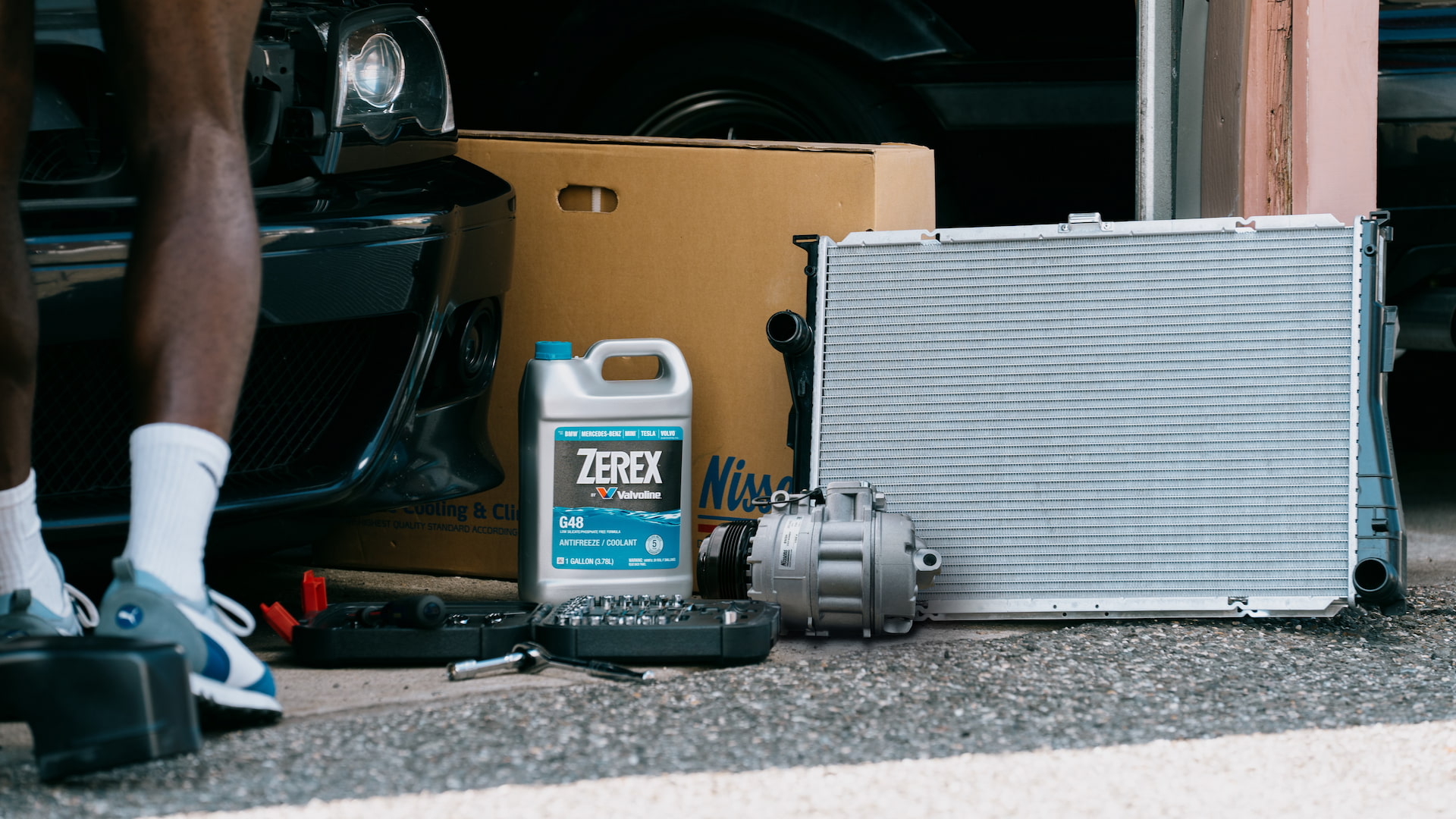Ok I've been looking at different websites online trying to research information on this subject regarding G13 antifreeze lifespan, haven't been able to find out anything new, just the same old specs, but nothing regarding how long it's meant to last.
Not until I came across a Hella website (Hella Tech World) which went into detail about antifreeze including G13.
Basically G13 with the silicate bag or cartridge is meant to aid the coolant and enhance it's life span, so this we know already. But it's ment to increase it to roughly 15 years, but states this depends if contamination occurs and what water is used, from tap water which varies up and down the UK, then possibly varies again in Europe, also mentions if the coolant has been mixed with other, this can contaminate it and shorten it's life, including oil contamination and possibly what type of water is used as already mentioned.
Ideally should use deionized water or filtered water or distilled water, due to tape water having a different PH and containing possible different minerals and other things, that may or can effect the antifreeze lifespan.
15 years lifespan this is madness.
VAG didn't take into account that the silicate bag would deteriorate after only 4 or 5 years, so I'm thinking there possibly is other metals within the cooling system other than alloy & cast iron that is reacting with the silicate bag, which of cause the silicate is ment to stop. I for one don't know of any antifreeze/coolant that can last 15 years, basically there isn't one.
But VAG have tried to stretch it's lifespan this way that unfortunately hasn't & doesn't work.
So the coolant in question should last up to 15 years only if no contamination occurs, but contamination does occur in virtually all coolants, so it's a no brainer
So G13 with silicate is meant to last up to 15 years.
G13 without silicate bag realistically will last 4 to 5 years max, as far as I'm aware 5 years is the max lifespan for Antifreeze.
G11 = is changed every 2 to 3 years
The average boiling point of class G-11 is at around 105 degrees Celsius. The optimal mileage, declared by the manufacturer, ranges from 50,000 to 80,000 kilometers, which is on average 2 to 3 years with gentle operation of the engine.
G12 = is changed between 3 to 5 years
G-12 or red antifreeze, as they are also called, have an extended service life without loss of performance, which can be correlated with five years or an approximate mileage of 250,000 kilometers. And has a boiling point of 115 to 120 degrees
G12+ is changed between 3 to 5 years
This is a further development of G12 but is less harmful to the environment.
G12++ is changed every 3 to 5 years
Again slightly more advanced from G12+ and is also much less harmful to the environment.
G13 without silicate bag should last 4 to 5 years max, or you can change it more frequently if you wish. This is much less harmful to the environment compared to the others above.
Link below to advise on changing coolant on VAG vehicles.
This is from that website.
And I quote,
Coolant is the generic term for the cooling liquid in the cooling system. Coolant protects against frost, corrosion, overheating and lubricates. Its task is to absorb the engine heat and dissipate it via the cooler.
The coolant is a mixture of tap-water and anti-freezing compound (glycol/ethanol) mixed with various additives (bitter substance, silicate, antioxidant agents, foam inhibitors) and coloured. Bitter substances are used to prevent the coolant from being drunk inadvertently. Silicates form a protective layer on the metal surfaces and prevent e.g. limescale deposits. Antioxidant agents prevent corrosion of components. Foam inhibitors suppress the foaming of the coolant. Glycol keeps hoses and seals smooth and raises the coolant’s boiling point.
The mixing ratio of water and antifreeze should lie between 60:40 and 50:50. This usually corresponds to antifreeze protection from -25°C to -40°C. The minimal mixing ratio should be 70:30 and the maximal 40:60. Further increasing the proportion of antifreeze (e.g. 30:70) does not lower the freezing point any further. On the contrary, undiluted antifreeze freezes at around -13°C and does not dissipate sufficient engine heat at temperatures above 0°C. The engine would overheat. As the boiling point of glycol is very high, the boiling point of the coolant can be raised to up to 135 °C by using the right mixing ratio. Therefore, a sufficient antifreeze share is important even in warm countries. Always follow the manufacturer’s instructions. A typical composition could be 40%/60% or 50%/50% with the use of inhibited water (drinking water quality).
The coolant and its additives are subject to a certain wear, i.e. part of the additives will be used up in the course of some years. If, for example, the corrosion protection additives are exhausted, the coolant turns brown. Therefore, some manufacturers specify a coolant replacement interval.
However, the cooling systems of newer cars are increasingly filled with so-called long-life coolants (e.g. VW G12++ / G13). Under normal circumstances (if no contamination occurs), the coolant need not be changed (VW) or only after 15 years or 250,000 km (newer Mercedes models). As a rule, the coolant should be changed if contamination (oil, corrosion) has occurred and in the case of vehicles which are not equipped with long-life coolant. The vehicle manufacturer’s instructions must be followed in terms of the specifications, replacement interval, mixing ratio and the miscibility of the antifreeze.
plus I've found and uploaded various PDF files that might be of
help.
hope this helps
si







